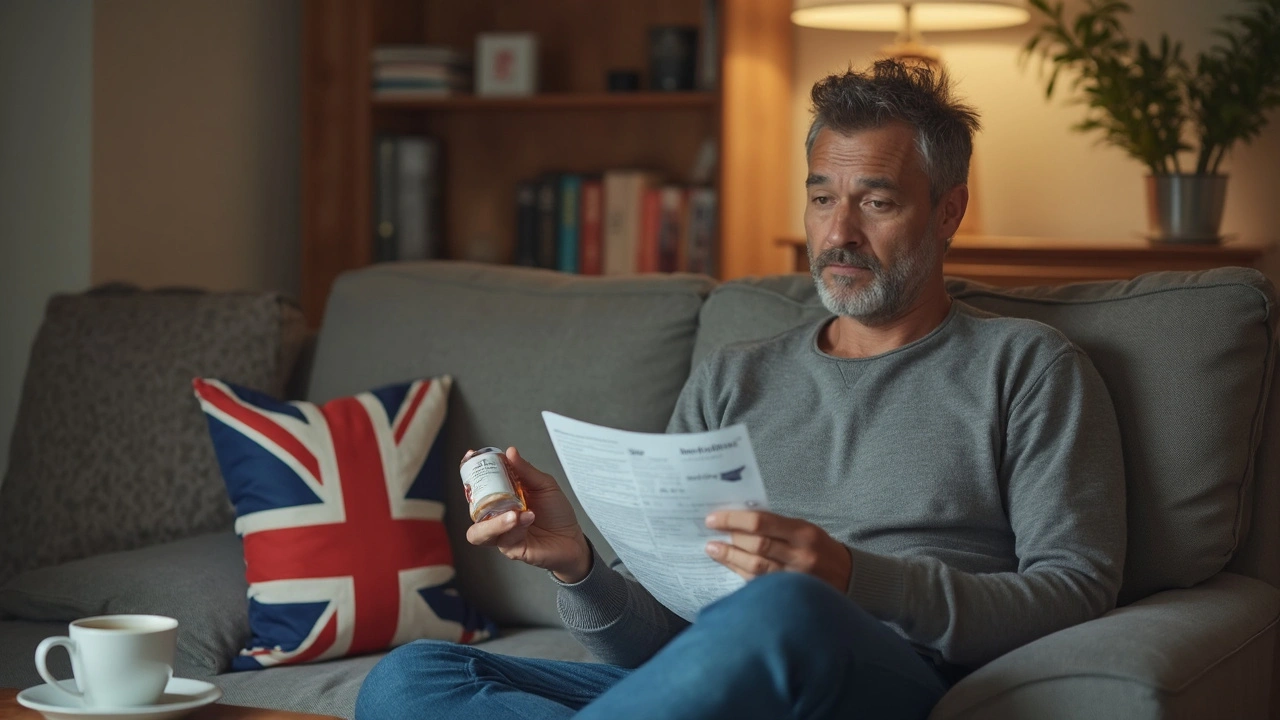Naltrexone — how it works and whether it might help you
Naltrexone is a medicine that blocks opioid receptors. That makes it useful for two main problems: helping people stop heavy drinking and preventing relapse after opioid detox. It’s not a painkiller and it won’t make you feel high. Instead, it removes the reward from alcohol or opioids so cravings and the urge to use drop for many people.
There are two common forms. Oral naltrexone is usually 50 mg once a day. The long-acting shot (Vivitrol) is a monthly injection, 380 mg. Both need a prescription and a doctor’s go-ahead.
Who should and shouldn’t use naltrexone
Naltrexone can help people who have stopped using opioids and want to avoid relapse, and people with alcohol use disorder who want to cut or stop heavy drinking. It’s not for people who are actively using opioids — taking naltrexone while opioids are in your system can trigger sudden withdrawal, which is dangerous.
A key safety rule: you must be opioid-free for several days (sometimes up to two weeks) before starting naltrexone. Also, people with active liver disease or very high liver enzymes usually shouldn’t start it until liver health is checked. Pregnant people and those trying to get pregnant should discuss risks with a provider.
Side effects, monitoring, and interactions
Common side effects are nausea, headache, tiredness, and sleep problems. These often ease in a few days or weeks. A rare but serious risk is liver injury, so doctors check liver tests before and during treatment. If you develop severe stomach pain, dark urine, or jaundice (yellowing of skin/eyes), stop the medicine and call your doctor immediately.
Naltrexone blocks all opioid effects. That means regular opioid painkillers won’t work while you’re on it. If you need surgery or strong pain control, tell every provider you take naltrexone. Emergency teams can still manage pain but may need to use special strategies.
Don’t mix naltrexone with opioid-based addiction treatments like methadone or buprenorphine. Those medicines work differently and are part of other care plans.
Thinking about getting naltrexone online? Use licensed pharmacies only and always keep a prescription from a healthcare provider. Unregulated sources may sell counterfeit products or wrong doses. Canadaprescriptionsplus.com has guides on buying meds safely and tips for checking online pharmacies.
Simple tips if you start naltrexone: get a liver test first, be opioid-free, carry a card saying you take an opioid blocker, and set up regular check-ins with your prescriber. Combining medication with counseling or support groups improves outcomes a lot.
Questions about side effects, interactions, or whether naltrexone fits your plan? Talk to a clinician who knows addiction medicine or your primary care provider. They can map out risks, check labs, and match the right form and dose to your life.
